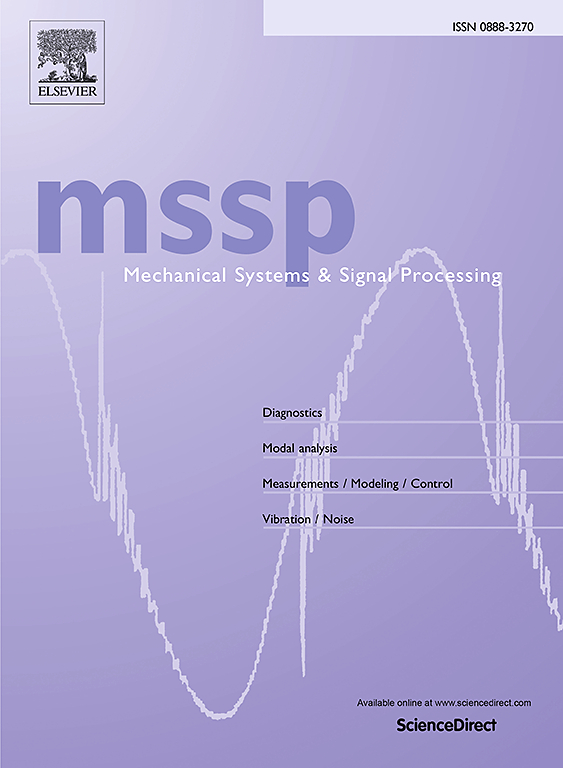A weak-form quadrature element method for modal analysis of electric motor stators
IF 7.9
1区 工程技术
Q1 ENGINEERING, MECHANICAL
引用次数: 0
Abstract
The modal analysis of electric stators based on energy principles has been extensively studied. However, existing methods often involve complexities in constructing axial mode shape functions to accommodate various boundary conditions (BCs). This paper presents a weak-form quadrature element method (QEM) for the modal analysis of motor stators, where Lagrange interpolation polynomials are used to construct axial mode shape functions, and Gauss–Lobatto-Legendre (GLL) quadrature is employed to perform the differentiations and integrations in the energy formulation. This approach significantly simplifies the derivation of characteristic equation coefficients and allows for the easy application of different BCs. The effectiveness of the proposed method is validated through modal experiments on both cylindrical shells and real motor stators under various BCs. Due to the invariance of basis in linear space, QEM achieves the same level of accuracy as other series expansion methods, provided that the polynomial order is consistent. This has been demonstrated through comparisons with both the power series expansion method and Chebyshev polynomial expansion method reported in recent literatures. Furthermore, this study identifies a notable computational error in (2,1) mode frequency of cylindrical shells and motor stators under free boundaries. Mutual validations with the transfer matrix method and exact solutions demonstrate that this error does not arise from the solution method itself but is instead inherent to the underlying shell theory.
求助全文
约1分钟内获得全文
求助全文
来源期刊

Mechanical Systems and Signal Processing
工程技术-工程:机械
CiteScore
14.80
自引率
13.10%
发文量
1183
审稿时长
5.4 months
期刊介绍:
Journal Name: Mechanical Systems and Signal Processing (MSSP)
Interdisciplinary Focus:
Mechanical, Aerospace, and Civil Engineering
Purpose:Reporting scientific advancements of the highest quality
Arising from new techniques in sensing, instrumentation, signal processing, modelling, and control of dynamic systems
 求助内容:
求助内容: 应助结果提醒方式:
应助结果提醒方式:


